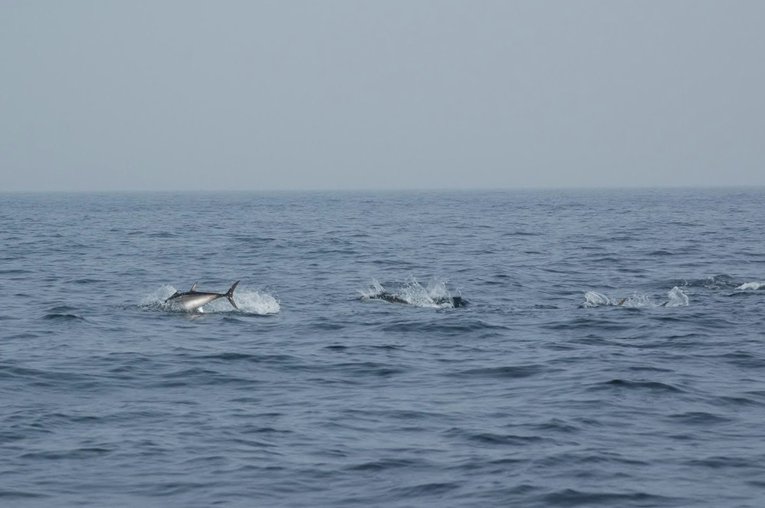
Fishy business: The Fish INTEL project
3 minute read
As part of the Fish INTEL project, we’re tagging fish to track their behaviour. This will help bass, crawfish and bluefin tuna thrive in UK, French and Belgian waters. If we know what they’re doing, we can offer them better protection.

For a long time, researchers have been wanting to know more about fish movements between coastal habitats, deep water, and seas between continents. Where do the fish go when they migrate? How do they live in different habitats, and do they hang out in marine protected areas or just pass through them? We, along with 11 other cross-channel organisations involved in the Fish INTEL project, are hoping to find out.
Led by the University of Plymouth, Fish INTEL is a major EU-funded scheme to learn more about the behaviour of four commercially important fish species – pollock, crawfish, bluefin tuna and bass – in eight locations within the English Channel/Manche region.
The two-year project hopes to provide an insight into the types of habitats these species prefer – inside and outside of protected areas. This will allow us to protect key feeding, breeding, and nursery areas of these species.

Credit: Thomas Stamp, University of Plymouth
In places such as Australia and America, large-scale projects to track fish are already underway. Networks of receivers up and down the coast in the US, from California up to Alaska, are tracking bigger fish movements. Now, the technology is gaining traction across Europe.
But how on earth do you track a fish?

Credit: Lucy Hawkes, University of Exeter
Until now, we’ve largely had piecemeal protection of habitats and species within marine protected areas (MPAs) that devalues their potential contribution to fish species. The Sussex 2021 byelaw, which bans all forms of bottom trawling in large areas of inshore waters, is one measure in place to protect fish and their habitats at crucial stages of their lives.
Do we need more of these measures to protect bass and pollock? Are there enough MPAs in UK western waters and in those of Brittany that protect threatened crawfish stocks? The science behind Fish INTEL will help tell us if more spatial protection measures are required, where and how best to use them.

Credit: Thomas Stamp, University of Plymouth
Although there are strict fishing controls such as catch limits and bans on catching juvenile Atlantic bluefin tuna, there’s still a lot we don’t know about them – what are their migration patterns? Are they breeding at high levels? Every new piece of information that we gain from this tagging project could help this incredible species to go from strength to strength.
We’ll also explore fish movements in windfarms, which bass and pollock are being tagged in. Will this enhance these fish populations or affect them? These questions are crucial to support well-informed debates for all stakeholders.
Keep up to date with our progress in the Fish INTEL project by checking out our FISH INTEL project page and our Fish INTEL Twitter.

